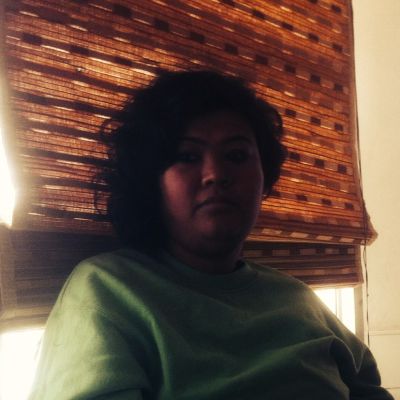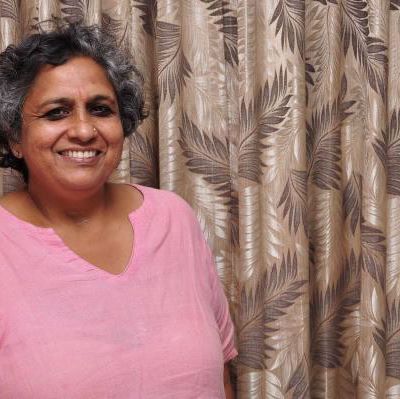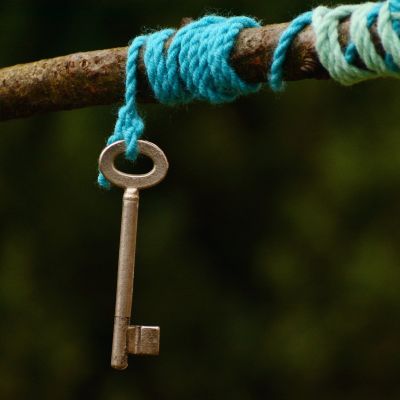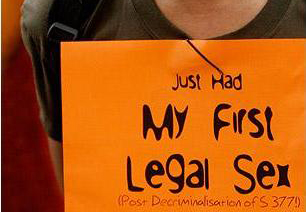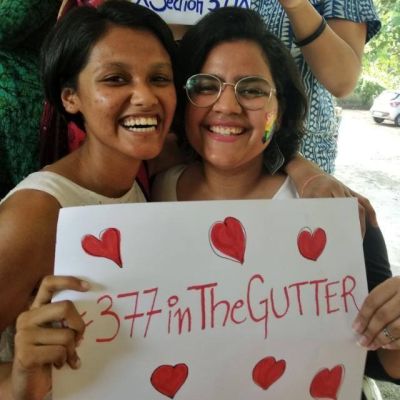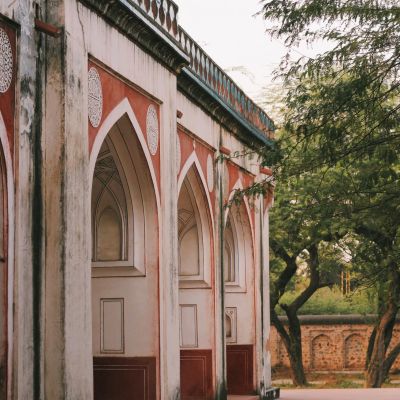Section 377
Rituparna Borah, a queer feminist activist, and a member of Nirantar, Centre for Gender and Education, India sat down with Jasmine George…
A photo of Anjali Gopalan, who has short black and gray hair and dark eyes. Anjali is smiling, wearing a light pink dupatta.
JG: As a founder member of The Alternative Law Forum (ALF) you have engaged with conventional law and at the…
In an e-mail conversation with TARSHI, Alok Vaid-Menon talks about both performativity and poetic performance.
In our mid-month issue, Stuti Tripathi considers whether raising the minimum age of marriage for women from 18 to 21years is indeed a one-stop solution to check early marriages. She brings to our attention the many factors, such as family pressure, inaccessible educational and financial resources, traditionally defined roles of women, and gender-based marginalisation that together lead to early marriages and argues that young people need rights not protection.
Post the historic Naz Foundation judgment of the Delhi High Court in July 2009, a prominent English news magazine carried…
The war continues as queer collectives, LGBTQ support groups, and college students across the country rally for safer, more inclusive educational institutions.
We are two boys in our early twenties
who can read touch like that, who have broken into
a 200-year-old mansion, without permission,
to see from above where people like them go
after 377 has been read down only for those
who can stay behind closed doors — in the custody
of cheap hotels, or houses that welcome nights
with the sound of latches closing.

